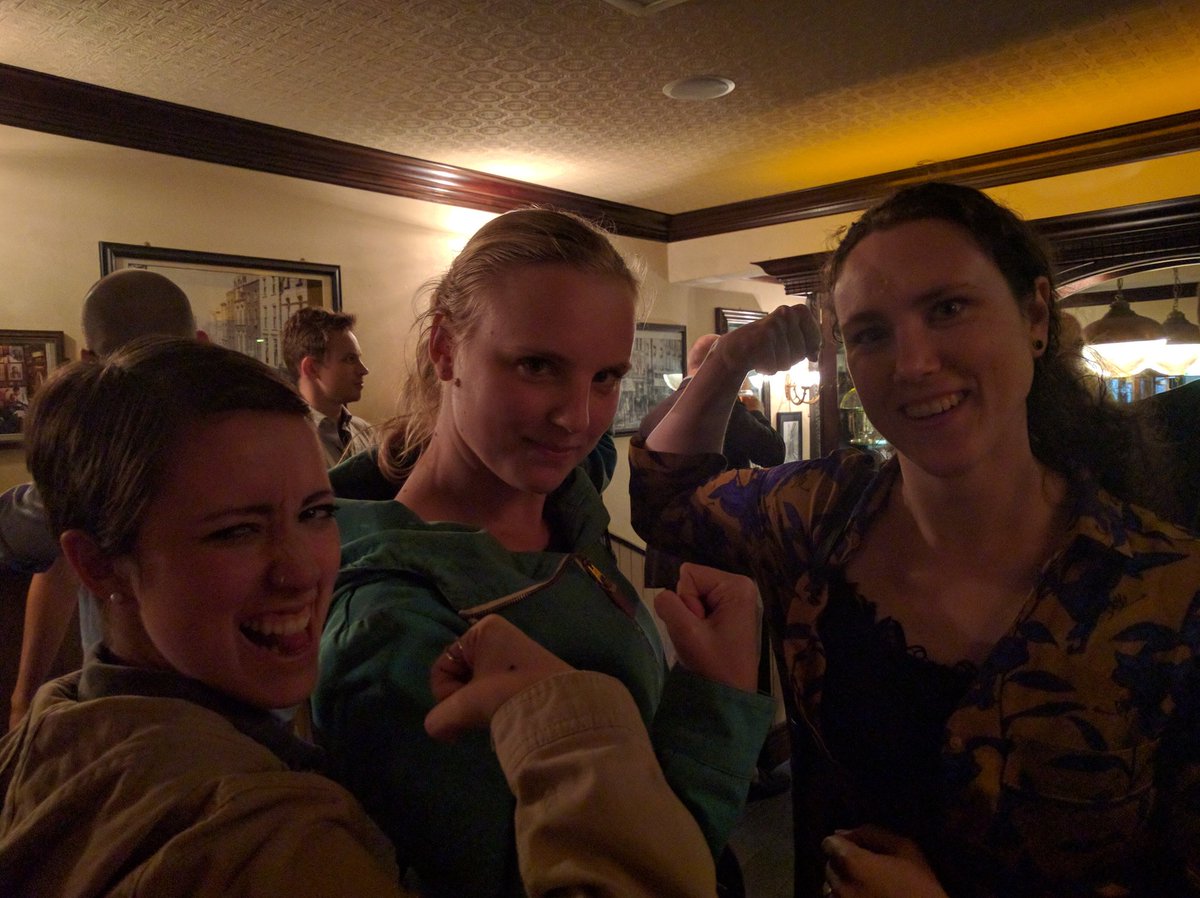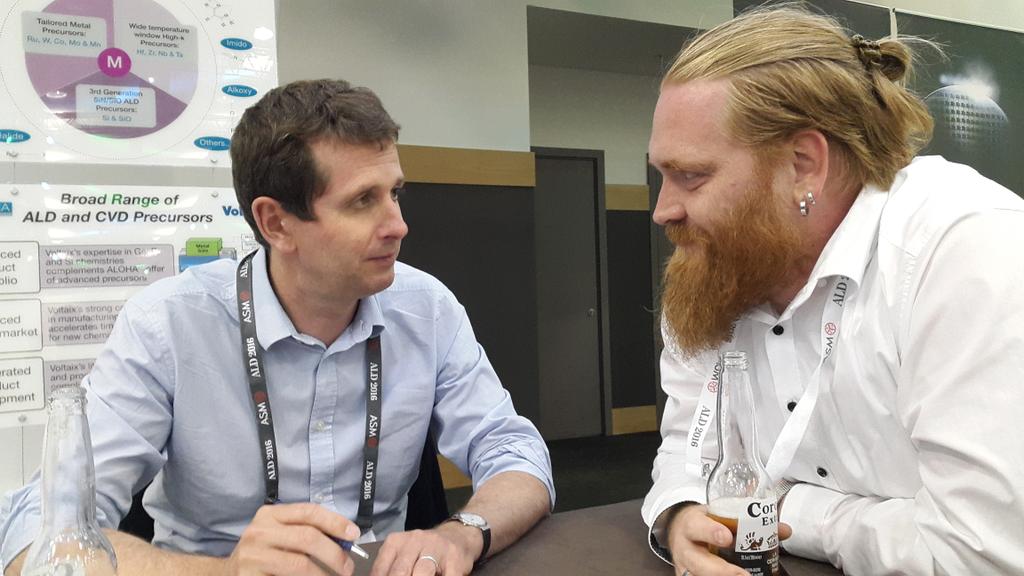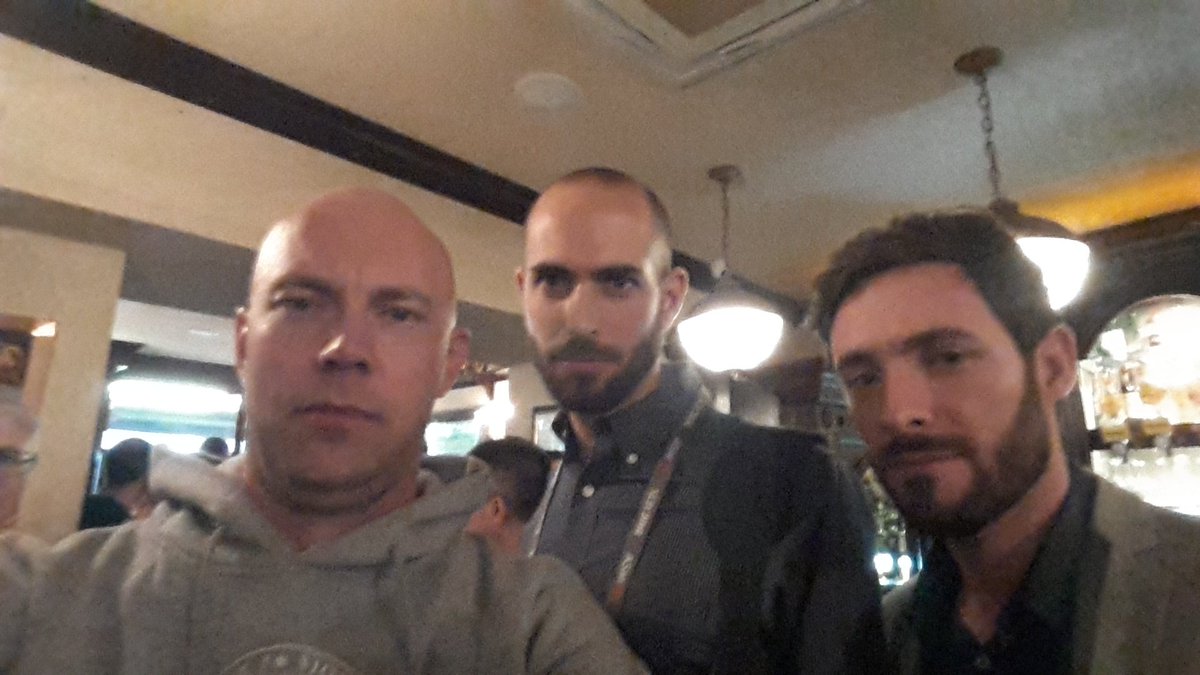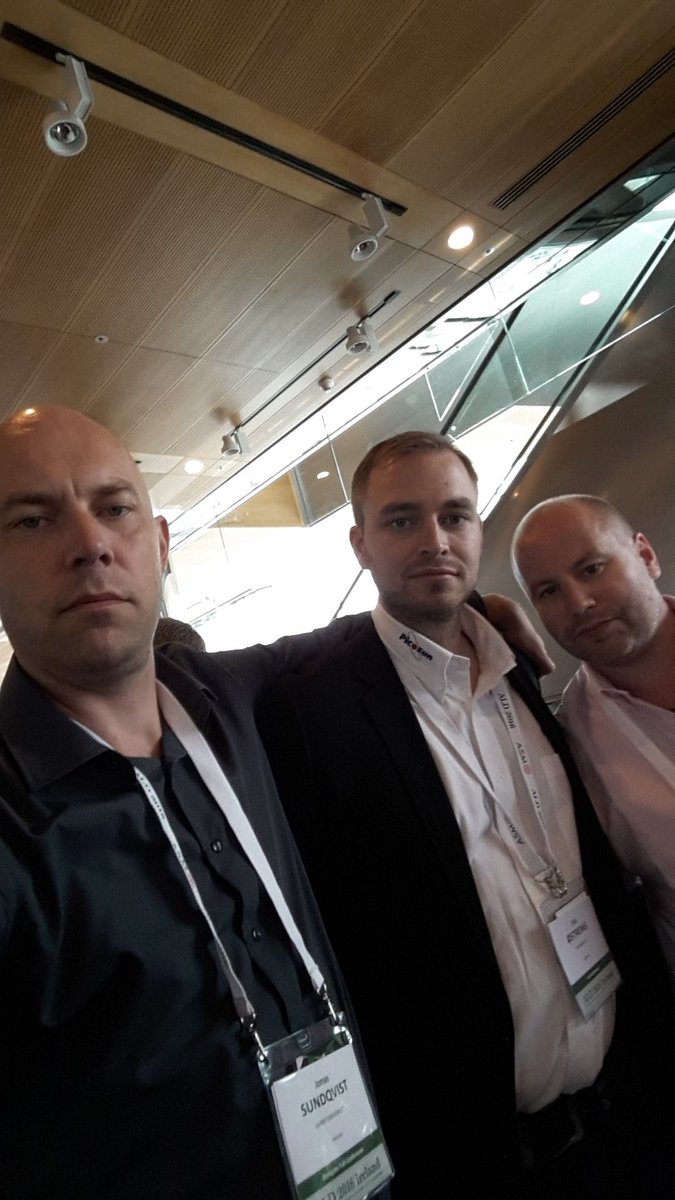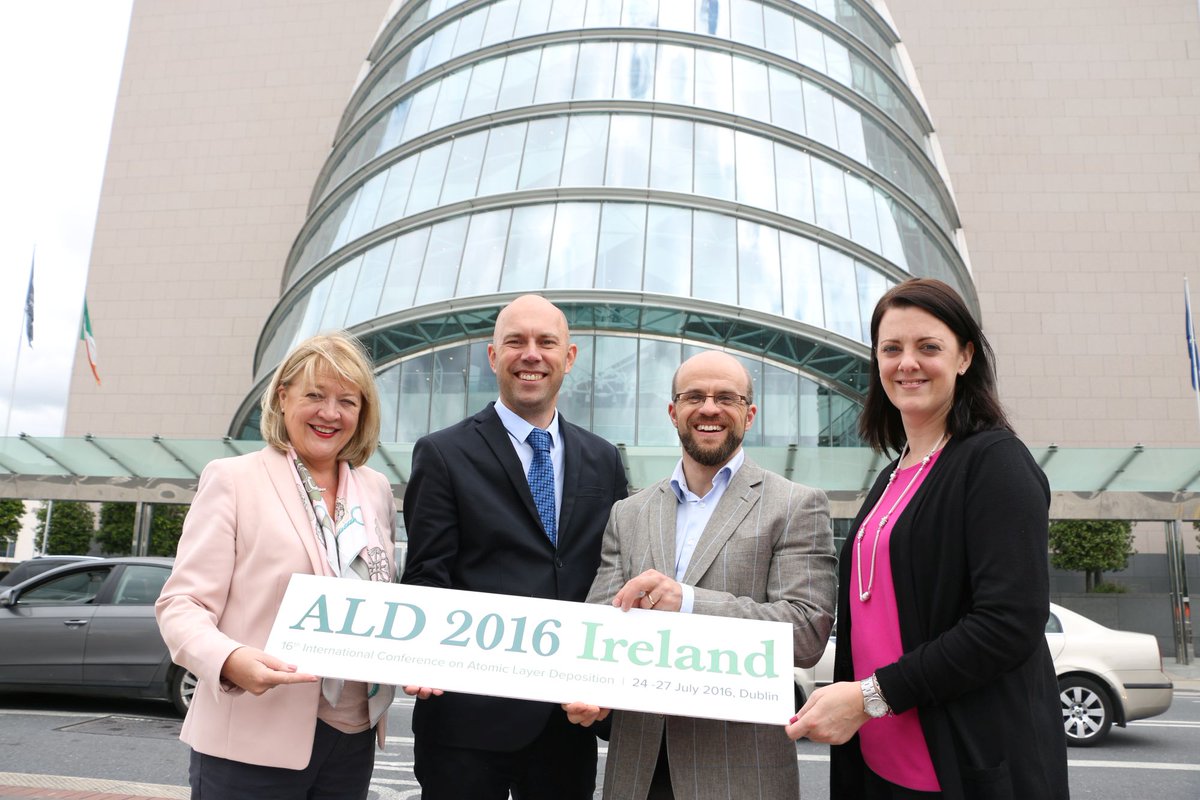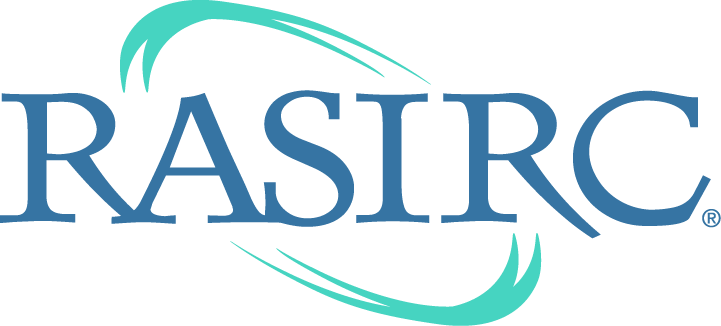ALD Research
Scientist
Incom,
Inc., headquartered in Charlton, Massachusetts (USA), is looking for the best
and brightest ALD talent with both practical, hands on experience and appropriate
technical understanding to operate and develop Atomic Layer Deposition (ALD)
processes and to support commercialization of Incom Microchannel Plates (MCP)
and related ALD coated products.
Reporting
to the Director of R&D, the ALD Research Scientist will be responsible for
the functionalization of MCPs, in collaboration with R&D team members. The
ALD Research Scientist will be a key contributor toward business development
and commercialization of Incom’s MCP product line.
Responsibilities:
·
Work
as an integral member of the R&D team, with responsibility for all facets
of ALD processing, working directly with Incom’s ALD R&D Scientist
·
ALD
process qualification and optimization for functionalization of MCPs
·
Analyze
ALD films using thin film characterization techniques
·
Troubleshoot
ALD system, schedule and facilitate maintenance of system
·
Document
ALD processes, disseminate results and create SOPs for Incom’s manufacturing
personnel
·
Interface
with prospective customers to understand their technical requirements and to
ensure that prototype samples are specified and fabricated appropriately.
Qualifications
·
BA,
BS, Masters (with 3-7 years of industry experience), or Ph.D. degree (with 0-5
years of experience) in Chemistry, Physics, Materials Science, or Chemical
Engineering required.
·
Technical
background and hands on, practical experience with ALD system operation,
process optimization and troubleshooting is essential.
·
3-5
years of experience with thin film characterization (ellipsometry, electrical
characterization, SEM, surface spectroscopies etc.) is required.
·
3-5
years of demonstrated productive track record in related research and/or
development.
·
Experience
working in a cleanroom work environment is preferred.
·
Occasional
travel to Argonne National Lab to complete ALD processing of MCPs is required.
·
English
fluency (speaking, comprehension, reading and writing) is required for
effective performance in this position.
·
Excellent
verbal and written communication skills.
·
Essential
Competencies: Initiative, creativity, integrity, accountability, collaboration
and teamwork.
Come work with us in
a fast paced environment where you will be empowered and included, where
innovation is encouraged and everyone’s voice can be heard. At Incom, high performing
individuals have the opportunity to grow professionally, and develop rewarding
careers. Incom offers a competitive compensation and benefits program.
NOTE: Incom will not
sponsor individuals for employment visas,
now or in the future, for this position. Applicants
for employment must be
able to meet access requirements to work on-site at the Argonne National
Laboratory.
Incom is an Equal Opportunity and Affirmative Action Employer, including
Veterans and Individuals with Disabilities.
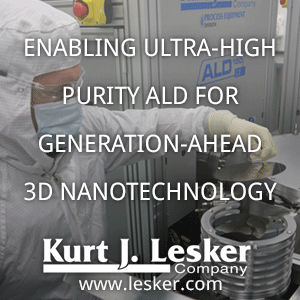


%20(1).png)
